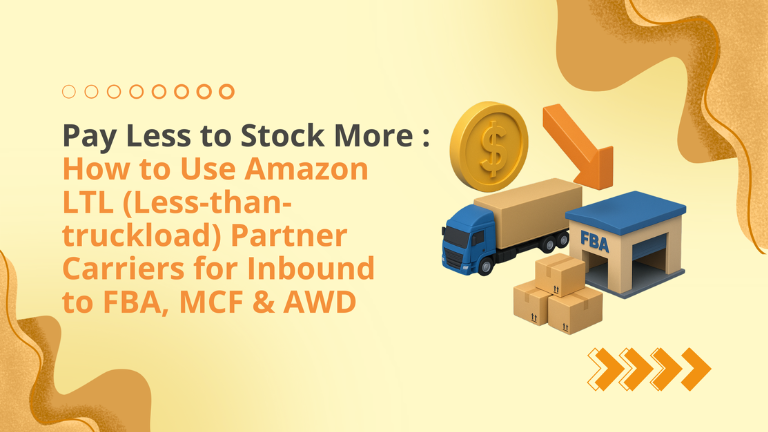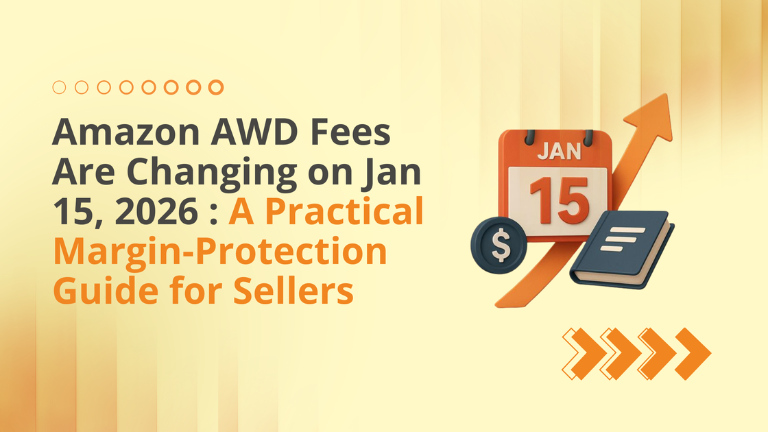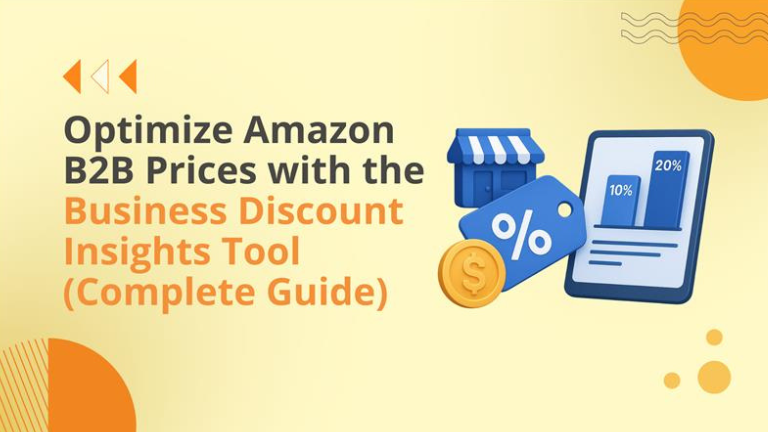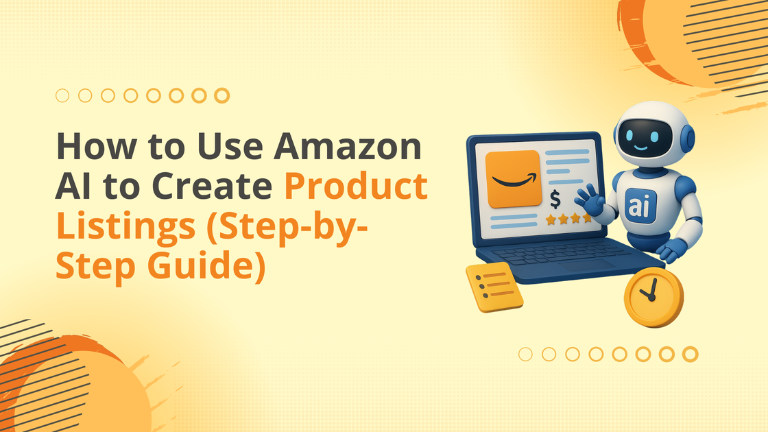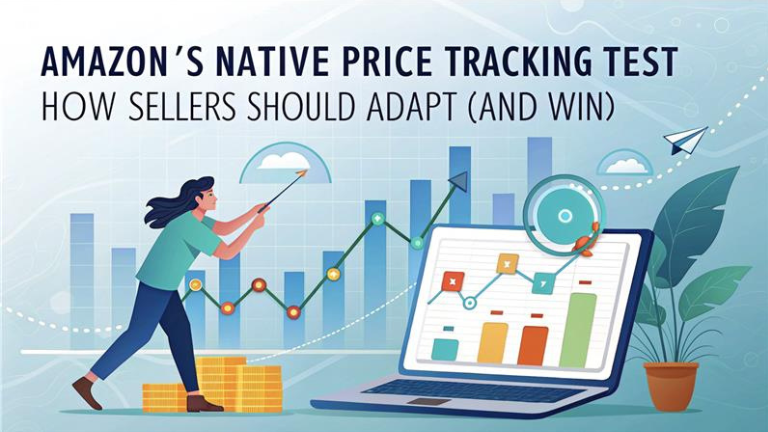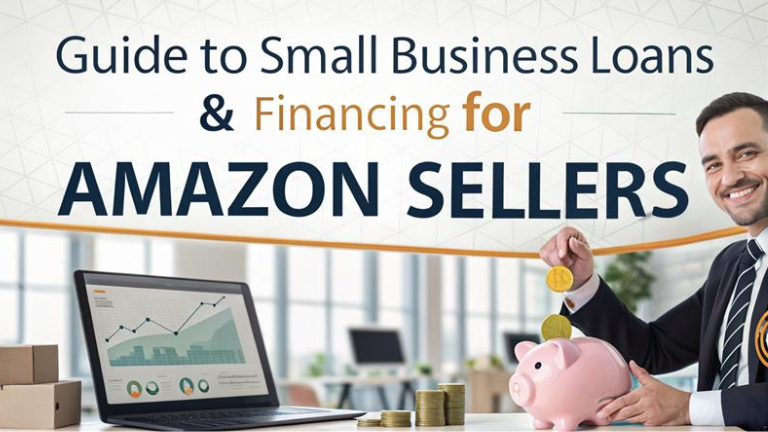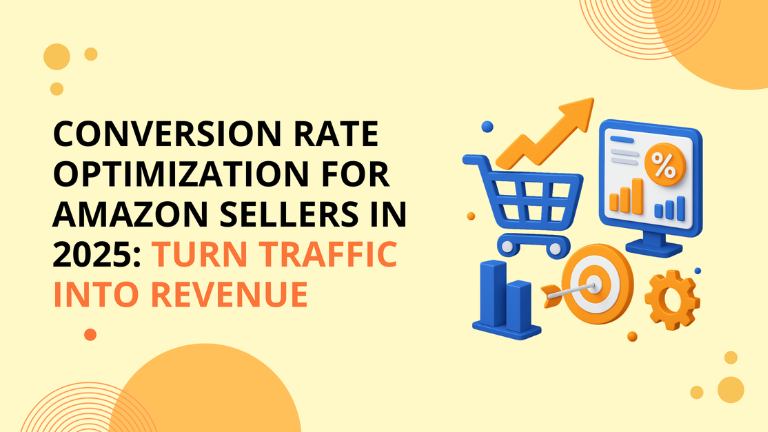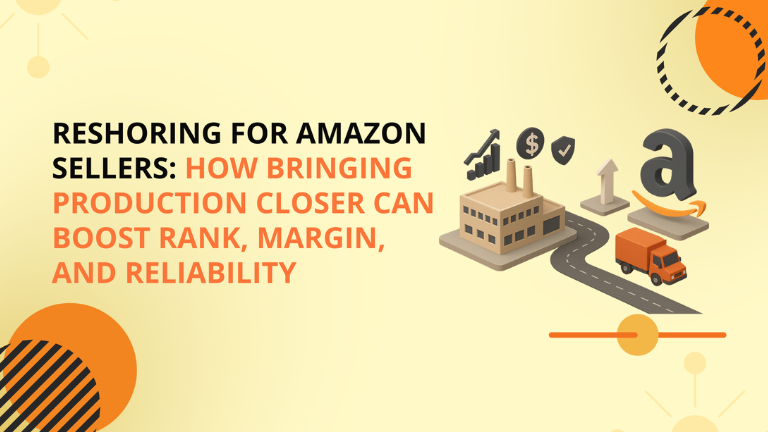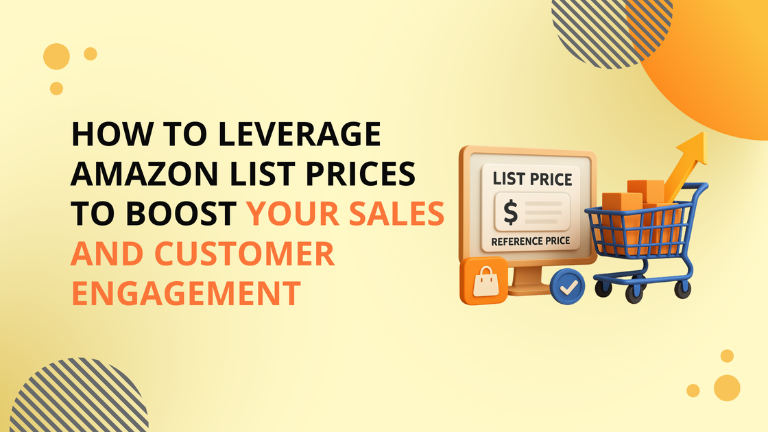Pay Less to Stock More: How to Use Amazon LTL (Less-than-truckload) Partner Carriers for Inbound to FBA, MCF & AWD
As inventory scales, the wrong inbound mode (too much SPD (Small parcel delivery), poorly timed FTL) eats margin quietly. The Amazon Partner Carrier Program (PCP) puts LTL (Less-than-truckload) quoting, labeling, and appointments into Send to Amazon, so you can move palletized freight more cheaply and compliantly. This guide shows when LTL (Less-than-truckload) wins, how to prep pallets, and the exact steps to book your first PCP shipment. LTL vs. SPD vs. FTL (and when to switch) SPD (Small parcel delivery):Best for low volume or urgent top-ups; cost per unit spikes as cartons grow. LTL (less-than-truckload): Shared trailer space; sweet spot for ~2–12 pallets; strong cost/unit and reliable ETAs. FTL (full truckload): Whole 53’ trailer; best for high volume and direct transit with minimal touches. Pro move: Build a breakpoint table per lane (origin → destination), comparing SPD, LTL, FTL at your common pallet counts. Why book LTL inside Send to Amazon (PCP)? Native workflow: Quotes, labels, tracking in one place. Appointment compliance: Carriers used to Amazon docks and reference IDs. Scalability: Repeatable templates for replenishment waves (weekly/bi-weekly). Pallet, site & document standards Palletization: 40×48 in, wood, 4-way access (GMA B grade or better) Boxes even & square, no overhang; box labels outward Stretch wrap tight; pallet labels on all 4 sides “Do not break down” note for carriers if needed Site readiness: Dock preferred; or lift-gate if no dock (≤12 pallets / ≤20,000 lb) Space for 53’ trailer or arrange a box truck Clear, safe staging area; steady business hours for pickup Docs & references: In PCP, Amazon manages delivery appointments; your booking needs accurate contact, hours, and pickup details. Track everything in Shipping Queue → Shipment events Step-by-step: LTL Partner Carrier booking Send to Amazon: Inventory → Shipments → Send to Amazon Pack & confirm method: Choose LTL (Less-than-truckload); select Partner Carrier to see rates Labels: Print box and pallet labels (all four sides) Pickup & tracking: Confirm freight-ready date/hours; monitor in Shipping Queue For AWD: Inventory → Warehousing & Distribution (AWD) → Send to AWD → select Partner Carrier → labels → track) Cost levers most brands miss Carton consolidation: fewer, fuller cartons → fewer pallets → lower accessorials. Standard heights: consistent pallet heights reduce handling exceptions. Lane repetition: sticking to repeat lanes often improves quote consistency. Damage prevention: correct wrap & corner protection cut OS&D, rework, and fees. Replen cadence: plan 2–12 pallet cycles; keep 6–8 weeks DOS at FBA; use AWD as short buffer (not long-term storage). KPI dashboard to run every week Cost per unit inbound (by lane & mode) Lead time variance (pickup → check-in) Damage/OS&D rate Dock exception rate (labels/pallet spec/appointments) Fill rate & pallet utilization (height & cube) Where Big Internet Ecommerce (BIE) fits in At BigInternetEcommerce.com, we implement: Inbound breakpoint calculator (SPD vs LTL vs FTL by lane / pallet count), Pallet & labeling SOP (ready for any 3PL/warehouse), Send to Amazon templates for PCP, Scorecard tracking $/unit, lead time, and exceptions. Get your lane-specific inbound breakpoint and a pallet/label SOP you can hand your warehouse. Book a 20-min session with Big Internet Ecommerce (BIE) today! Follow Big Internet Ecommerce (BIE) on Instagram & LinkedIn to stay updated with the latest trends in Amazon selling.


